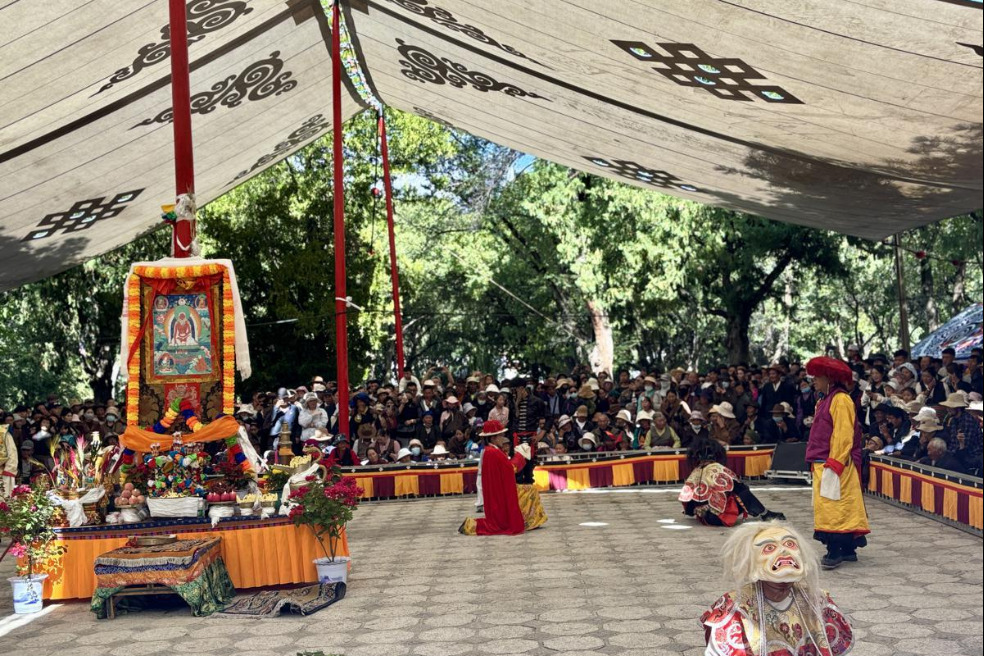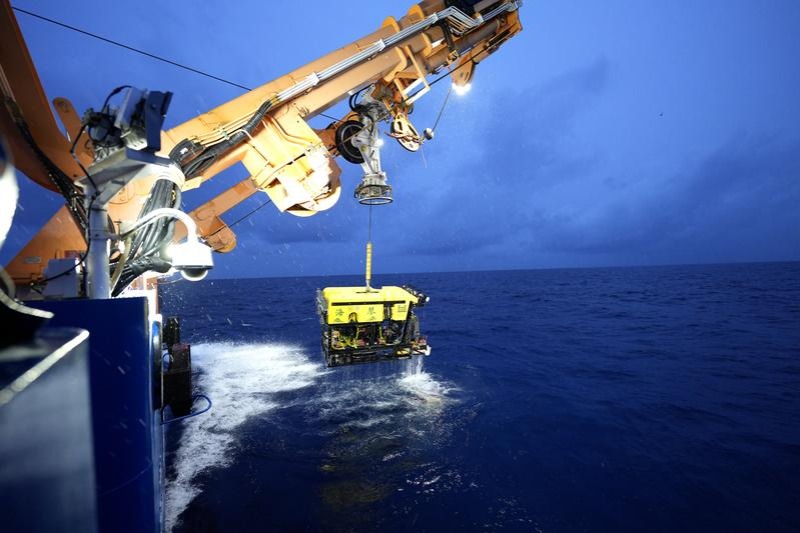Nation makes tracks for progress


Horse-drawn freight
In 1877, Li founded China's first modern coal mining company in a suburb of Tangshan, Hebei. To transport the coal, Li managed to persuade the Qing court to approve construction of the 9.3-km Tangshan-Xugezhuang Railway.
To win over opponents, Li promised to use horses to draw the freight cars, to avoid them causing a disturbance and damaging local feng shui.
With British engineers as supervisors, the project was started on June 9, 1881, and was completed one year later, making it the first China-built standard gauge railway. In 1888, the line was extended by 130 km to Tianjin.
Tensions with Russia in Northwest China in 1880 and with France in the south of the country in 1884 significantly advanced the cause of railway proponents. Even the Empress Dowager Cixi (1835-1908) realized how fast troops could be transported to the borders by train, which could make a huge difference in times of war.
In 1888, Li built a 2-km railway on the empress' estate, connecting her residence and dining hall. However, after just a few days, she replaced the noisy locomotive with four eunuchs to pull the luxurious rail car she used. To her delight, this new means of transportation was smooth and comfortable, and almost overnight she changed her mind about railway construction.
Over the last 30 years of the Qing Dynasty, some 9,000 km of rail lines were built nationwide. By 1949, China had 21,000 km of railways, the majority of them in coastal regions and the northeast.
The 504-km Chengdu-Chongqing Railway, passing across mountainous areas in the southwest of the country, was completed in 1952, the first to be built after the People's Republic of China was founded three years earlier.
Sun Yisun, a writer from Zigong, Sichuan province, who helped build the railway, said: "Part of it was first built in the Qing Dynasty, and then by the Kuomintang administration. Many engineers were educated at Imperial Tientsin University in the late Qing Dynasty, and many technicians were from Kuomintang factories in Chongqing.
"Railways have combined efforts made by different generations. They have brought different people together. Farmers along the Chengdu-Chongqing Railway even donated the timber they had reserved for their own coffins to make the sleepers. They really wanted to see a train."
- Pioneering green tech eyes space application, industry boost
- China targets disguised illicit gains
- 2025 SCO Forum on People-to-People Exchange held in Beijing
- Exhibition commemorating 80th anniversary of victory over Japanese aggression, fascism opens in Macao
- Video series commemorates Soong Ching Ling's peace diplomacy legacy
- Over 40 expatriates make dumplings at a community event in Tianjin




































